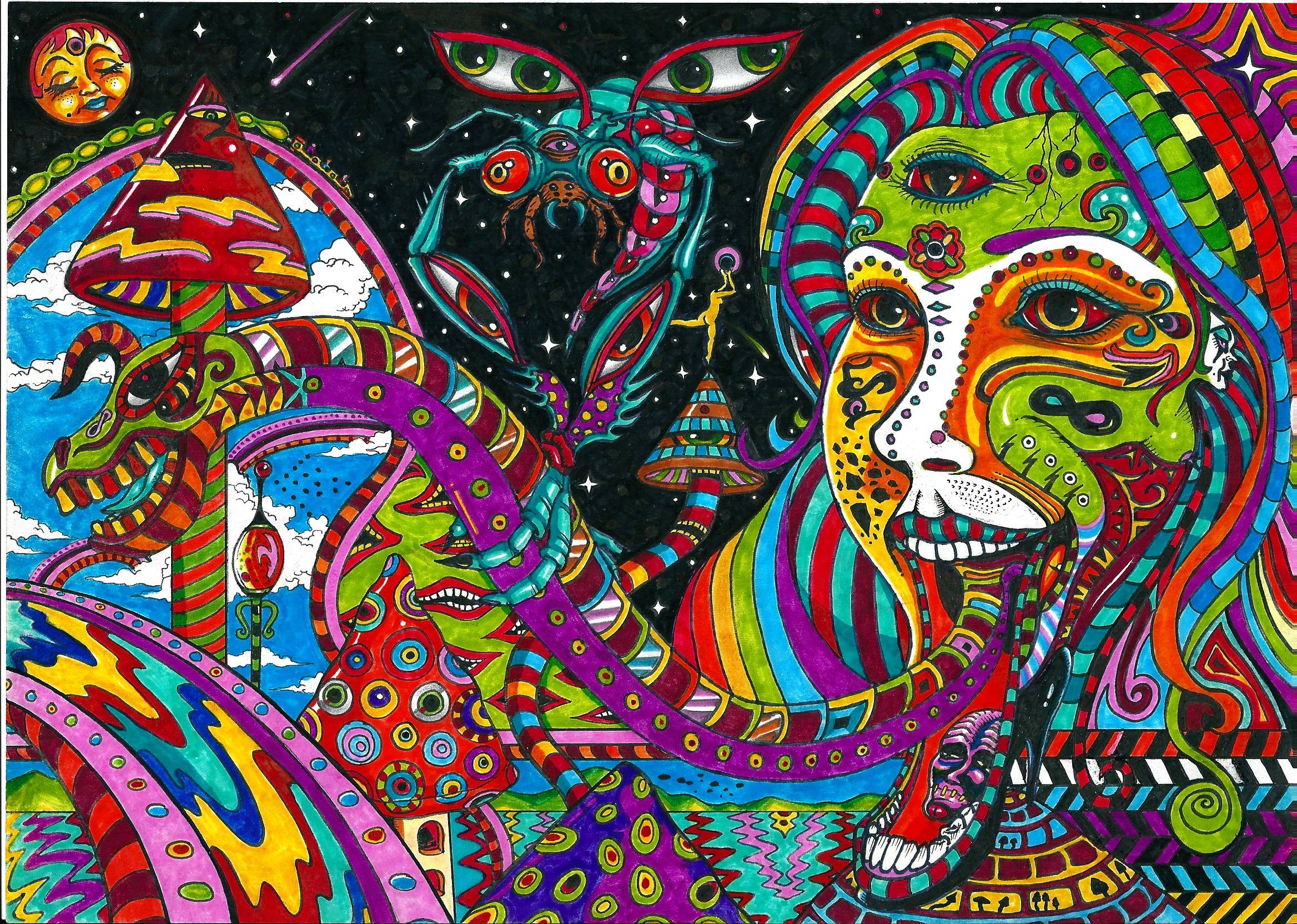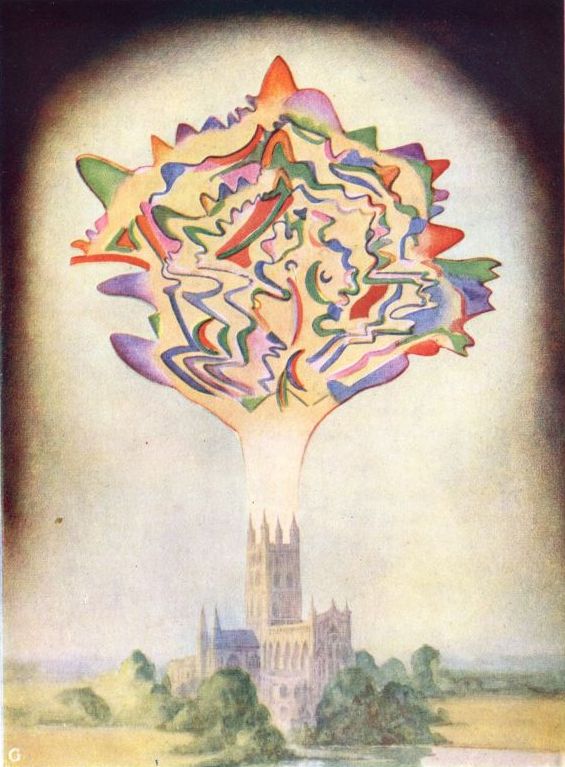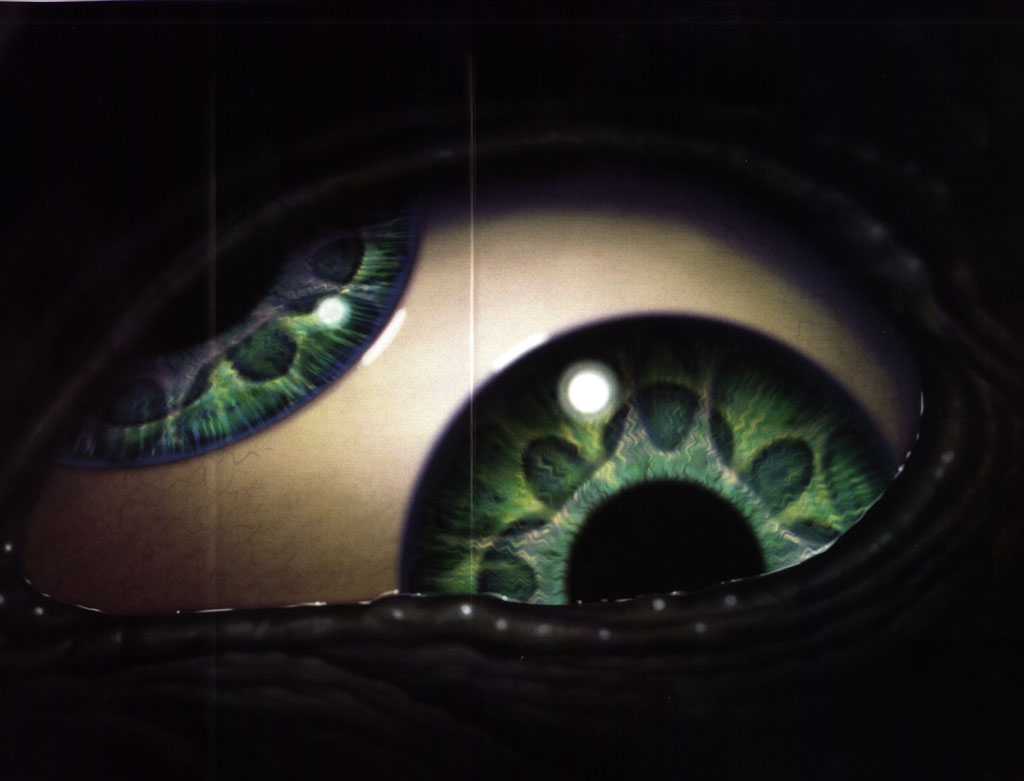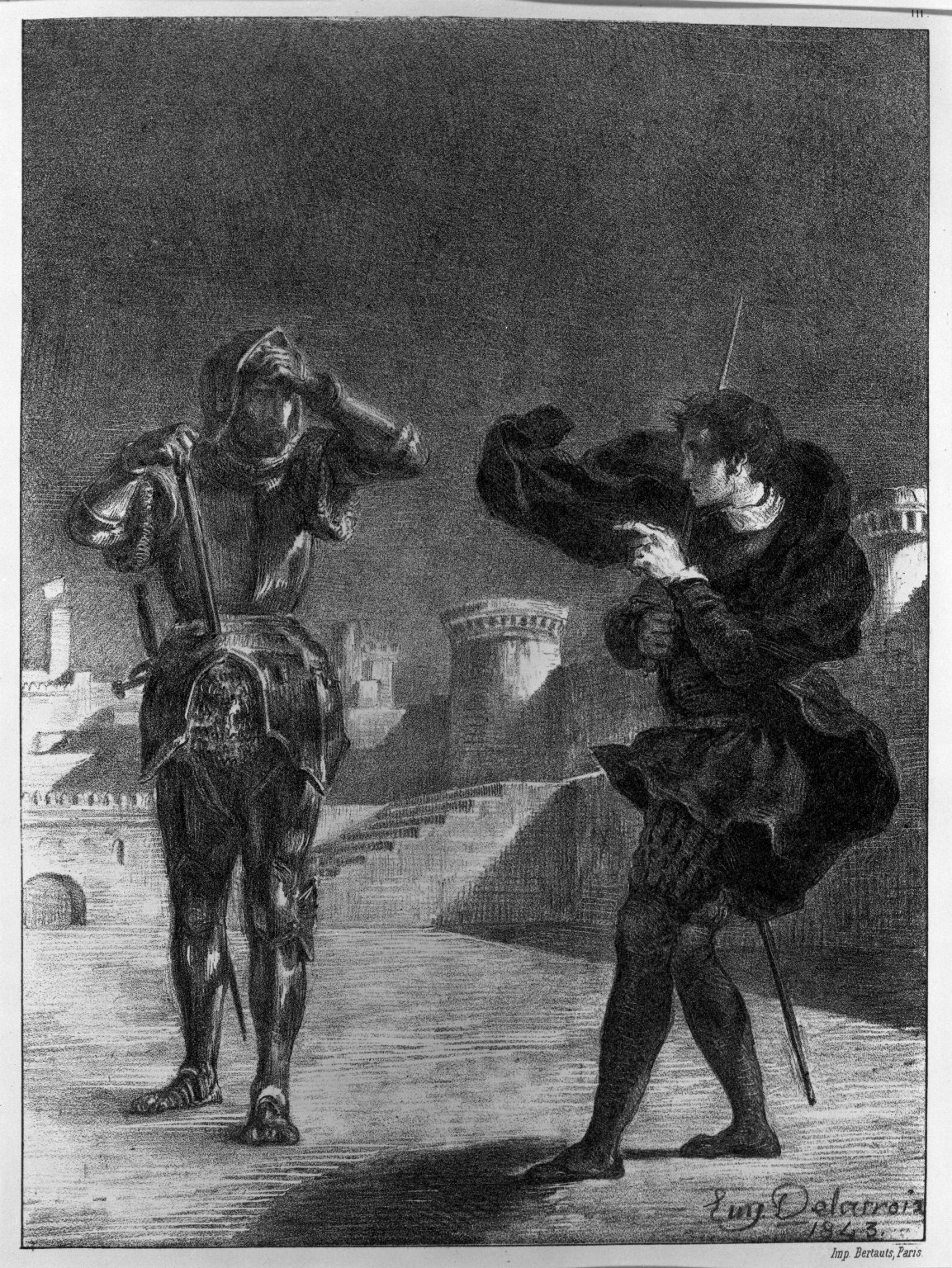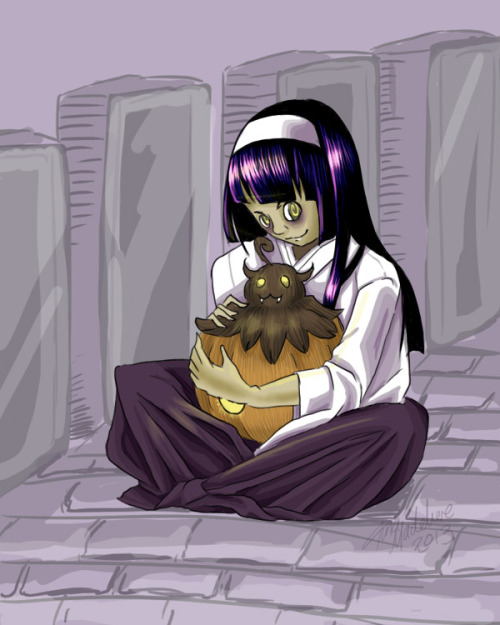In the previous blog post, I had talked about the setting I was writing up for a solo RPG session I want to do. This post will drill down the specifics of the setting as well as the magic and the character I'll be playing.
The game itself is using Fate Core. For the most part, it's unchanged. The only glaring difference is the magic system I plan on using. I wanted magic to be simple but feel like magic, not just re-flavored skills. However, the concept of using the skill system present in Fate Core as a start was interesting , simple, and couldn't be ignored. I decided to expand on that a bit and add my own little twist to it that will be easy to follow and minimize book-keeping.
Magic in Gi
So right now, the only magic that exists in the setting is divine magic, called Theurgy. Theurgy flows from the presence of the city-gods who form as the cultural, social, and political centers of the cities they protect. The priests that can channel this power are called theurges, and they generally are in the higher ranks of the temple's hierarchy than lay priests. Theurges have a direct connection to their city-god and act as the deity's administrative staff. They handle day-to-day business, running temples and the city, missionary and ambassador work, war-time leadership, and a variety of occupations depending on how much control the temples have over daily life. The goal of each theurge is to become closer and closer to their patron deity, ultimately becoming a part of them at the end of their lives.
Because of their connection, the theurge can channel the divine breath of their god to achieve miracles. These miracles are themed around three characteristics of the city-god; Physical, Mental, and Dominion. These characteristics are simple one-word tags that describe the god, not unlike Aspects. A city-god's physical characteristics could be strong, healthy, lithe, and beautiful. Their mental ones could be clever, wise, brave, and foolish. Dominion is the specific spheres of influence that city-god reigns over. So they could be a goddess of war, or a god of merchants, etc. Generally, I find picking two or three tags for each characteristic is enough to set up a tutelary deity for a theurge.
The ability to use magic costs one skill and one refresh. The theurge buys a skill called Theurgy. This skill grants a set of Fate Dice used to power spells called Olam. You gain an amount of Olam equal to the value of your Theurgy skill. A +3 Theurgy skill will grant you three Olam Dice. Casting a spell requires using an appropriate skill narrated through the lens of your city-gods characteristics, and spending at least one Olam dice. The GM sets the difficulty of the spell before casting, then the theurge adds any number of Olam dice to their skill roll, up to their maximum amount. After rolling, the theurge takes the best four results on their dice and checks to see if they succeed or not.
For example, Daniel is a theurge of Kor, the strong, reckless city-god of competition and sports. He has Theurgy +3, which gives him three Olam dice. Daniel needs to lift a car off of an innocent bystander, but requires the strength of his god for help. The GM decides this will be a Great (+4) Difficulty. Daniel uses Physique +2 to lift the car, and adds 2 Olam dice to it, under the narrative permission that Kor is a strong god. After rolling six dice, Daniel gets 3 pluses, 2 blanks, and 1 minus. Choosing the best of four dice and adding his +2 from Physique, Daniel scores a total of 5 and saves the bystander.
Spells are themed after the citygod's Characteristics and thus should be narratively centered around them, while remaining flexible in their application. The spells are generally instantaneous or at most short-lived effect.
A theurge must be able to breathe in the magic breath of their god and have Olam dice to cast spells. If the theurge runs out of Olam dice or they are choking/suffocating, they cannot cast spells. If a theurge's breathing is restricted, they can choose to spend their lowest available consequence to push through and cast anyways. A theurge can regain Olam dice in one of three ways. First, a full-night's rest followed by a daily devotional to their city-god restores their Olam back to full. Secondly, a theurge can visit a holy place attuned to their god to regain a certain amount of Olam (1 to 3 seems good). Thirdly, in a pinch, a theurge can sacrifice an available consequence to regain Olam dice back. 1 for a Mild, 2 for a Moderate, and 3 for a Severe.
While the Theurgy Skill isn't rolled for casting spells, it can be used for other actions. Mostly tied to the Overcome action, a mage can use Theurgy to interact with magic objects and places. Ley lines, places of power, relics, sigils, and other foci. Theurgy can also be used to detect magical auras as well as meditate, ask a question and receive a vague omen from their city-god.
An Example of a City God
Olephi is the city-goddess of Alephdria, a sprawling metropolis in a temperate area of Gi. Olephi is strong and has an intimidating stature. She is wise and stern. She also the goddess of liberty, reason, and defense. So, if we were to write her up in a statblock, it would be:
Olephi
Physical: strong, intimidating
Mental: wise, stern
Dominion: liberty, reason, defense
A theurge of Olephi could cast spells that are centered around these narrative aspects of their goddess. Perhaps they could channel Olephi's wisdom to solve a problem. Or create a shield with her defense characteristic. Or frighten a crowd with her intimidating aura.
That's it about magic. I wanted it to be limited but flexible and dependent on the difficulty modifiers of each spell. I'm curious what people think about this at their first glance. I'm currently writing up the sessions to post before vacation. I just want to post a blurb about the character I'll be playing first before commiting to the game.
